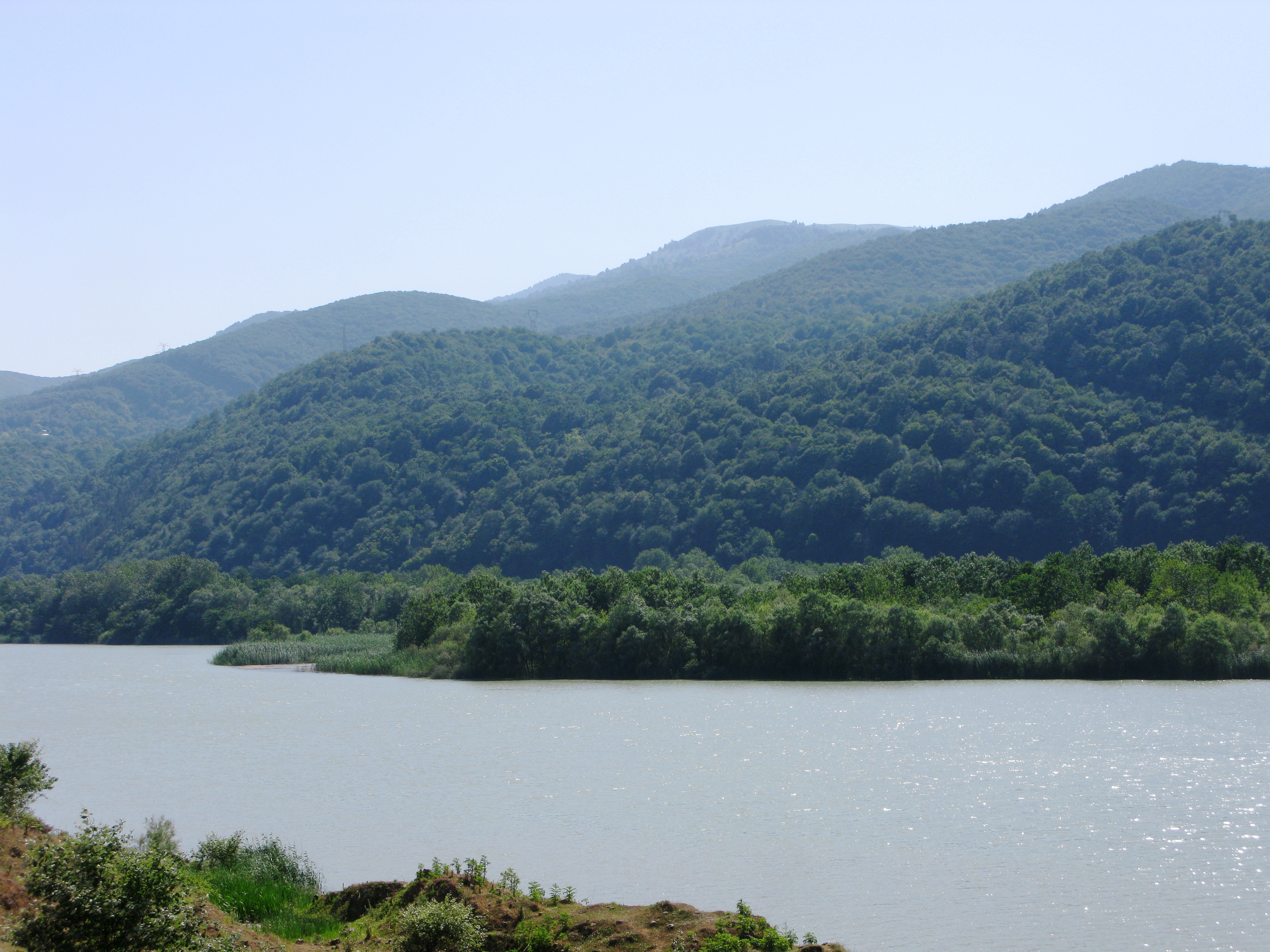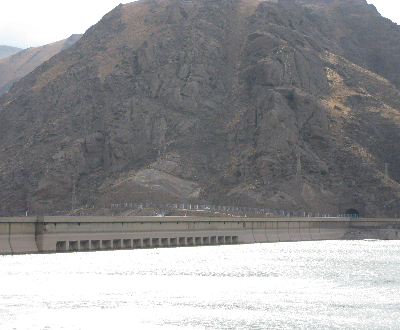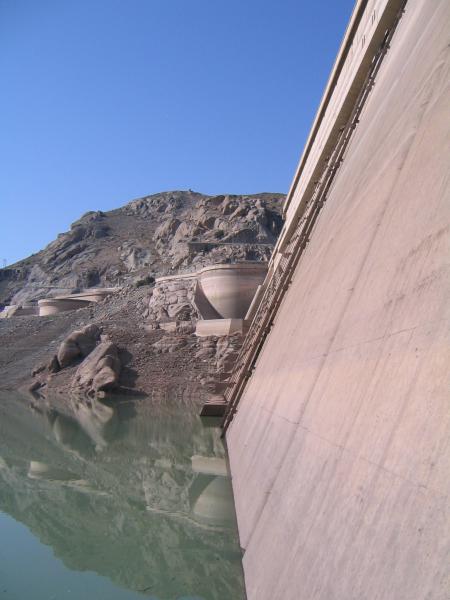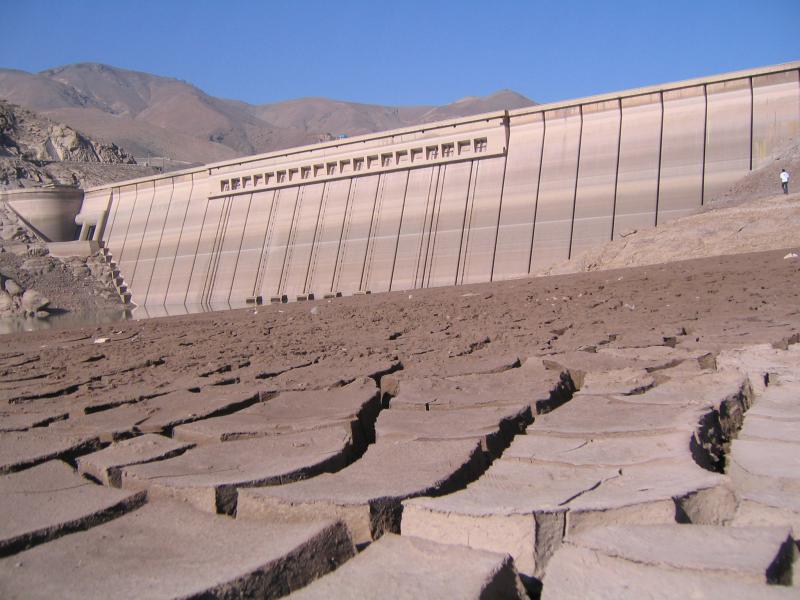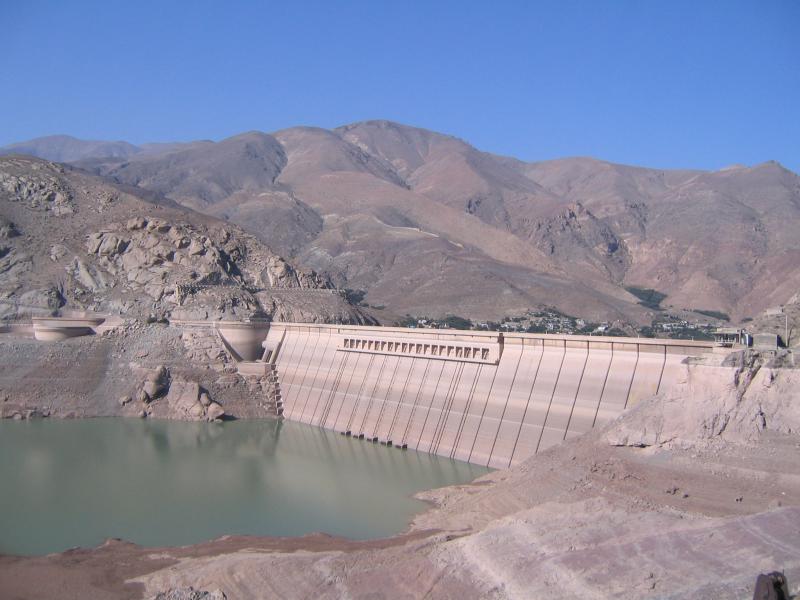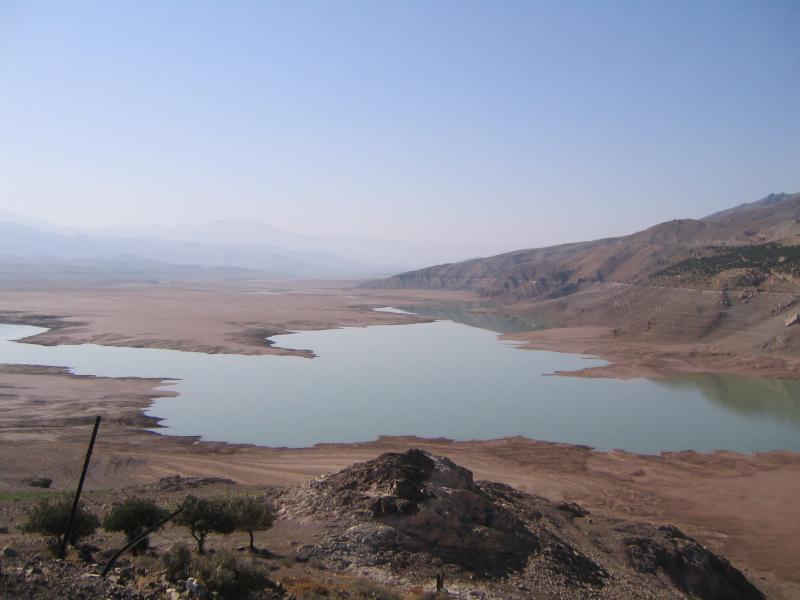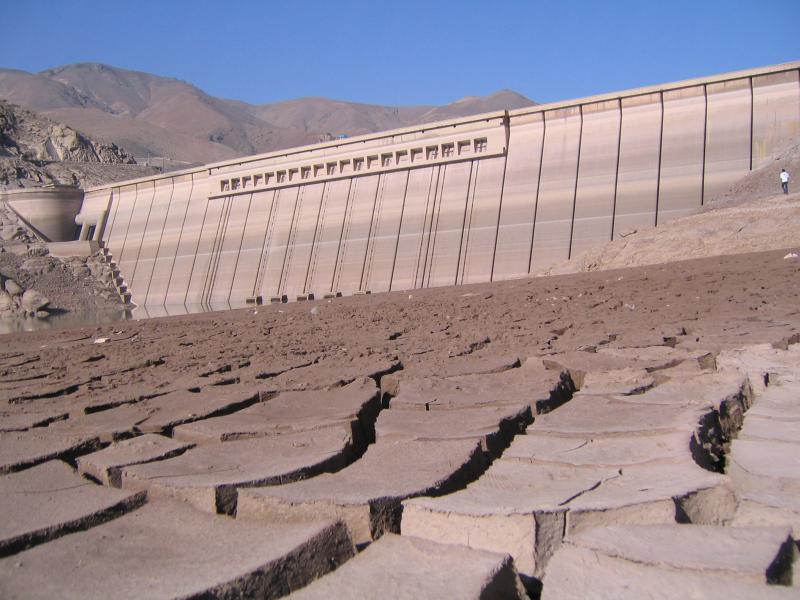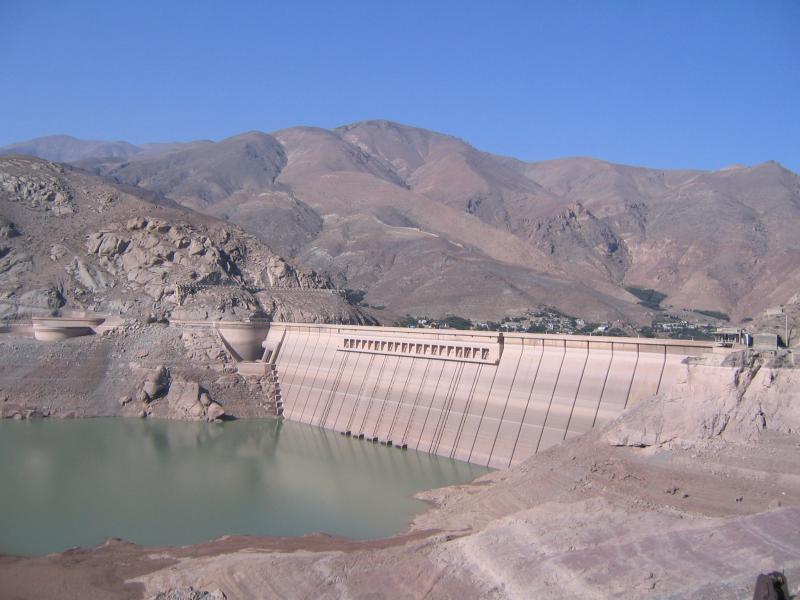تصویر : سفیدرود
استان:
گیلاناطلاعات تکمیلی:
توضیحات:
دومین رود بلند ایران سفیدرود است. نام باستانی آن رود آمارد بودهاست. از ترکیب دو رود شاهرود و قزل اوزن در شهر منجیل شکل میگیرد و تا ریختن به دریای خزر عرض استان گیلان را میپیماید. قزل اوزن از چهل چشمه کردستان سرچشمه میگیرد و بهطرف مشرق رفته داخل ناحیه گروس میشود و در این محل شعبه دیگری بهمین اسم که از کوههای پنجه علی در شمال غربی همدان جاری است ضمیمه آن میشود و درگروس و شعبات متعدد دیگری به آن پیوسته و بهطرف شمال و شهر میانه حرکت میکند. در بین راه و در نزدیکی روستای رجعین به زنجانرود میپیوندد و پس از عبور از رشتهکوه قافلانتی، در نزدیکی شهر میانه به رودهای شهرچای و گرمهچای ملحق میشود. قابل ذکر است که شهرچای از اتصال رودهای پر آب و مهمی چون قوروچای، قارلانقو و آیدوغموش تشکیل شده اند. پس از عبور از قطر شهرستان میانه حرکت به سمت شمال ادامه میابد تا در حوالی روستای کبلان و محل سد شهریار به کلی تغییر جهت داده و ادامه مسیر را با جهت جنوبشرقی طی کند. این تغییر مسیر باعث می شود تا قزل اوزن از این نقطه تا ورود مجددش به استان زنجان مرز طبیعی بین دو بخش خورش رستم خلخال و کاغذکنان میانه باشد به نوعی کاغذکنان را از دو طرف محصور سازد. بعد از ورود مجدد این رود به استان زنجان شعبات کوچک دیگر از کوهه
دانلود این عکس